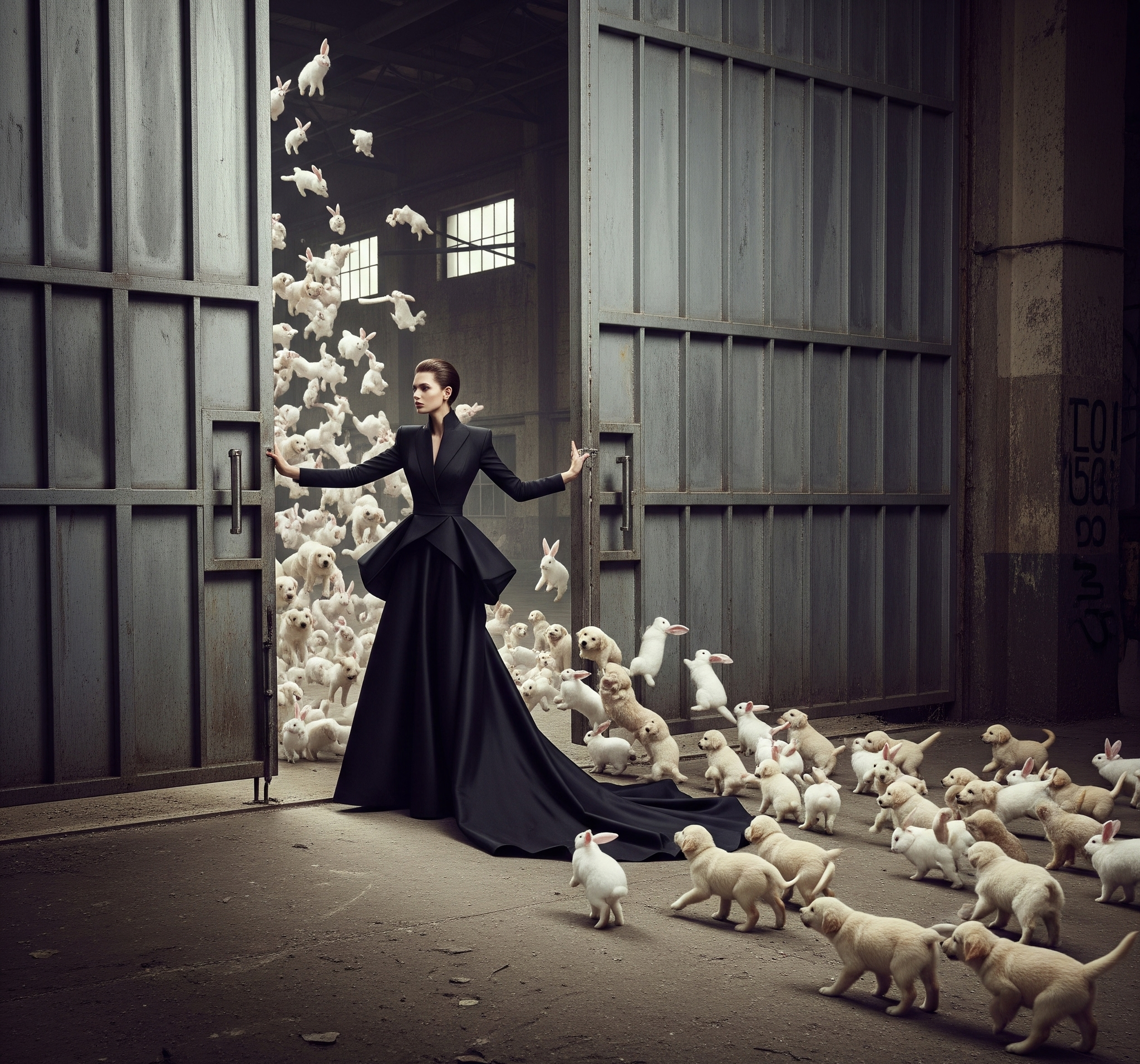The Unseen Victims: Unveiling the Animal Cost of Fashion and Beauty
Billions of animals suffer every year for clothing, accessories, and cosmetics!
Animal testing and ethics are constantly at odds as fur farms trap animals, leather involves painful slaughter, and cosmetics continue to use cruel tests like the Draize eye and LD50 toxicity tests!
Understanding animals and ethics, and the role of ethics and animal research, is essential to making informed, compassionate choices in the products we wear and use!
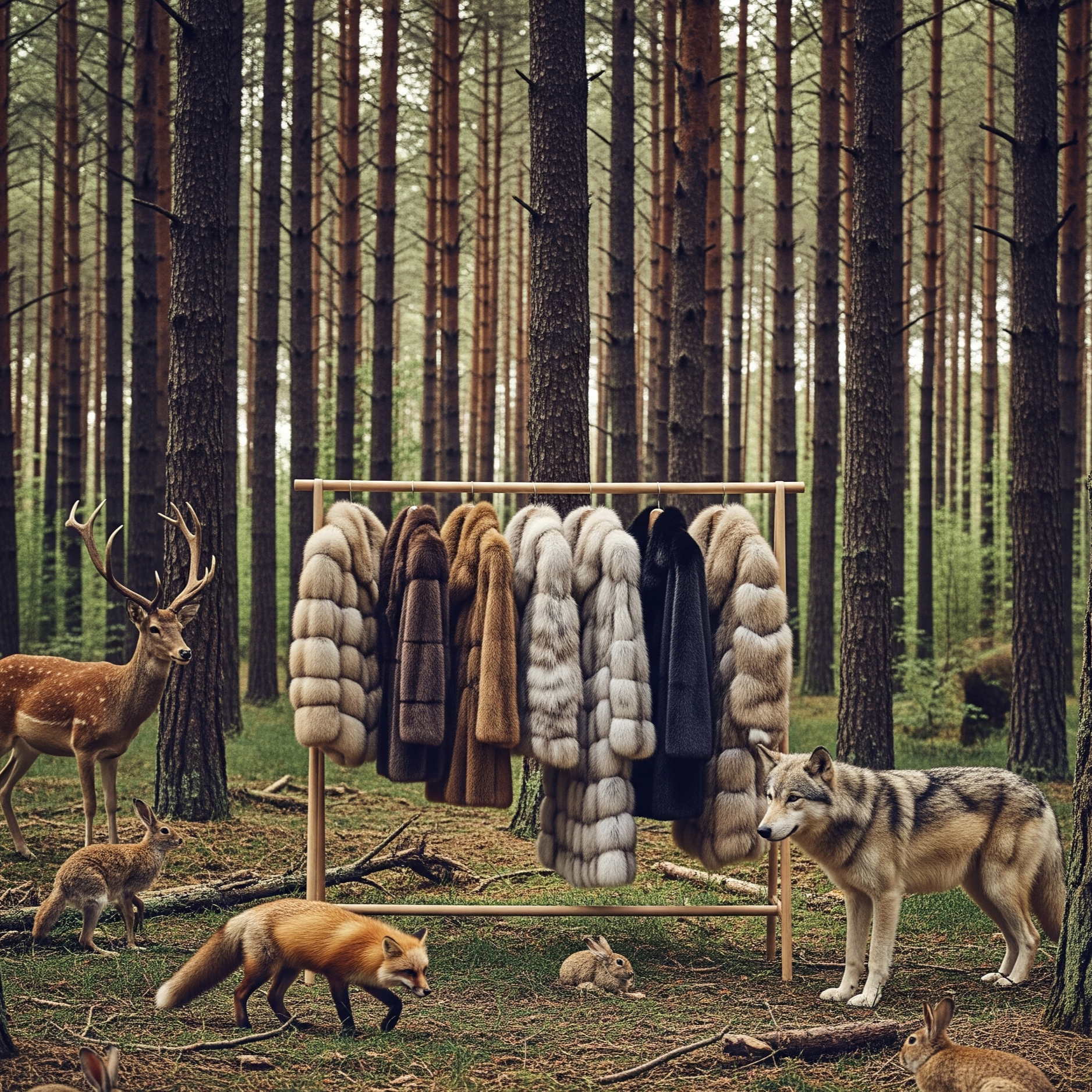
Animal Cruelty in Fashion
- Fur farms trap animals in painful leg-hold or wire traps.
- Leather involves forced impregnation, dehorning without anesthesia, and conscious slaughter.
- Wool harvesting may use mulesing without pain relief; down feathers plucked from live birds.
- Silk production kills 420 billion to 1 trillion silkworms annually.
Key Organizations: Fashion Revolution, Clean Clothes Campaign
Also Note:
Supply Chain Secrecy
Even when brands claim “ethically sourced,” there’s rarely full traceability.
Many companies outsource to unregulated farms where cruelty is common.
Certifications are inconsistent, and “animal welfare” labels can be misleading.
Environmental Overlap
Leather tanning uses toxic chemicals (chromium, formaldehyde) that poison waterways and kill fish.
Fur farms produce high levels of nitrous oxide (a greenhouse gas 300x stronger than CO₂).
Wool and cashmere herding degrade land, threatening biodiversity and local wildlife.
Legal & Policy Gaps
Some regions (EU, UK, California) have fur bans, but others still heavily rely on the industry.
Animal welfare laws often exclude farmed animals raised for materials.
Enforcement is weak, and loopholes let brands greenwash cruelty as “tradition” or “luxury.”
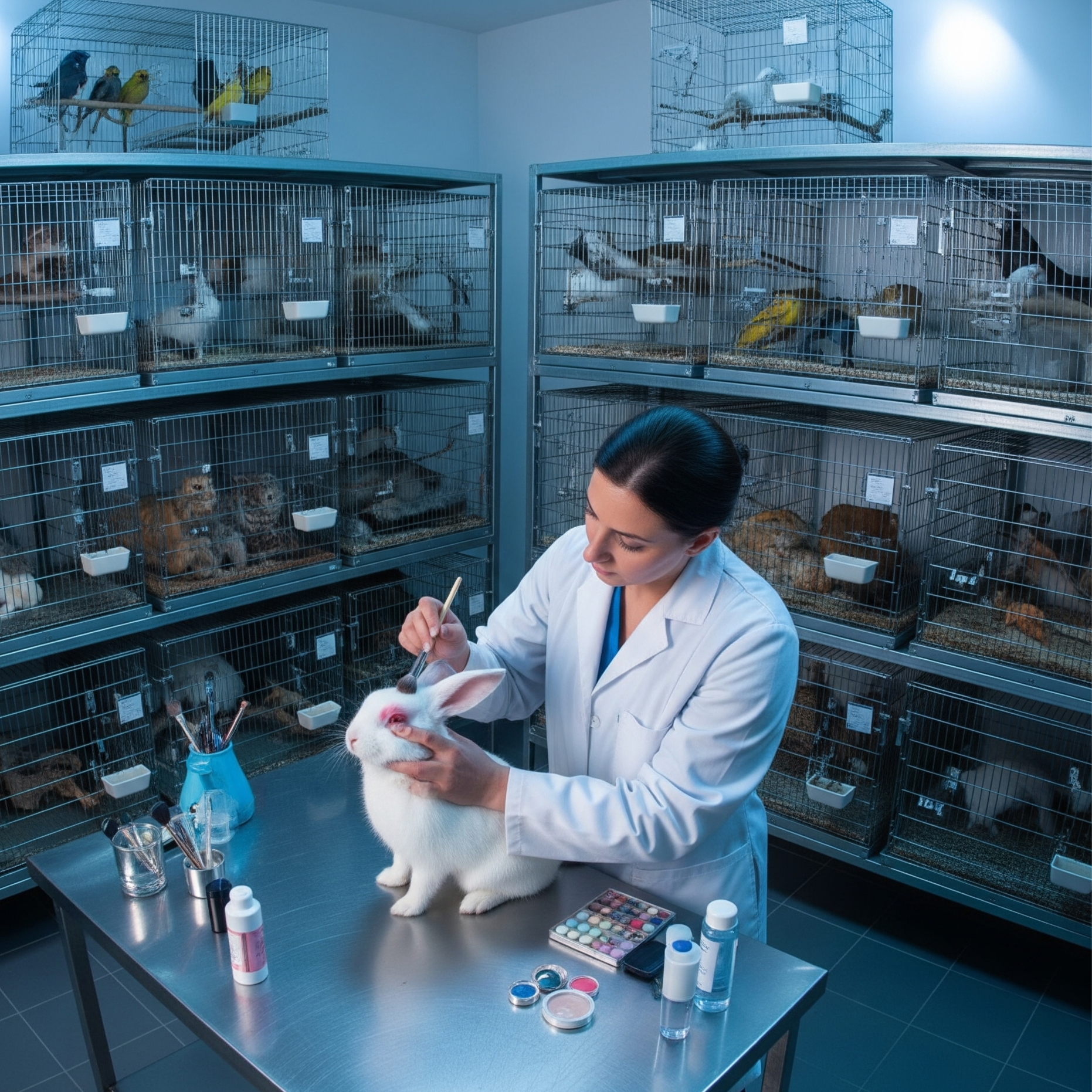
Beauty: Testing on Innocent Lives
Animal Testing: Procedures like the Draize eye test and LD50 toxicity test cause severe pain, blindness, and death.
Animal-Derived Ingredients: Substances like squalane (from shark liver) and carmine (from crushed insects) are commonly used.
Regulatory Loopholes: Some countries still require animal testing for cosmetics, despite bans elsewhere.
Mention Worthy
Pseudoscience & Ineffectiveness
- Over 90% of drugs and chemicals that pass animal tests fail in human trials - showing animal testing is not reliable.
Species differences mean results on animals don’t always predict human safety.
This makes animal suffering both unethical and scientifically flawed.
Greenwashing: Hidden Animal Ingredients
Often hidden under vague terms like “natural extracts.”
Beyond squalane and carmine, common ones include:
> Lanolin (from sheep’s wool grease)
> Keratin (from hooves, horns, hair)
> Collagen & Elastin (from animal connective tissue)
Global Legal Landscape
- The EU, UK, India, Israel, and Australia have banned cosmetic animal testing.
China still requires some imported cosmetics to be animal-tested, though reforms are happening.
Loopholes: companies may test ingredients (not finished products) on animals to sell globally.
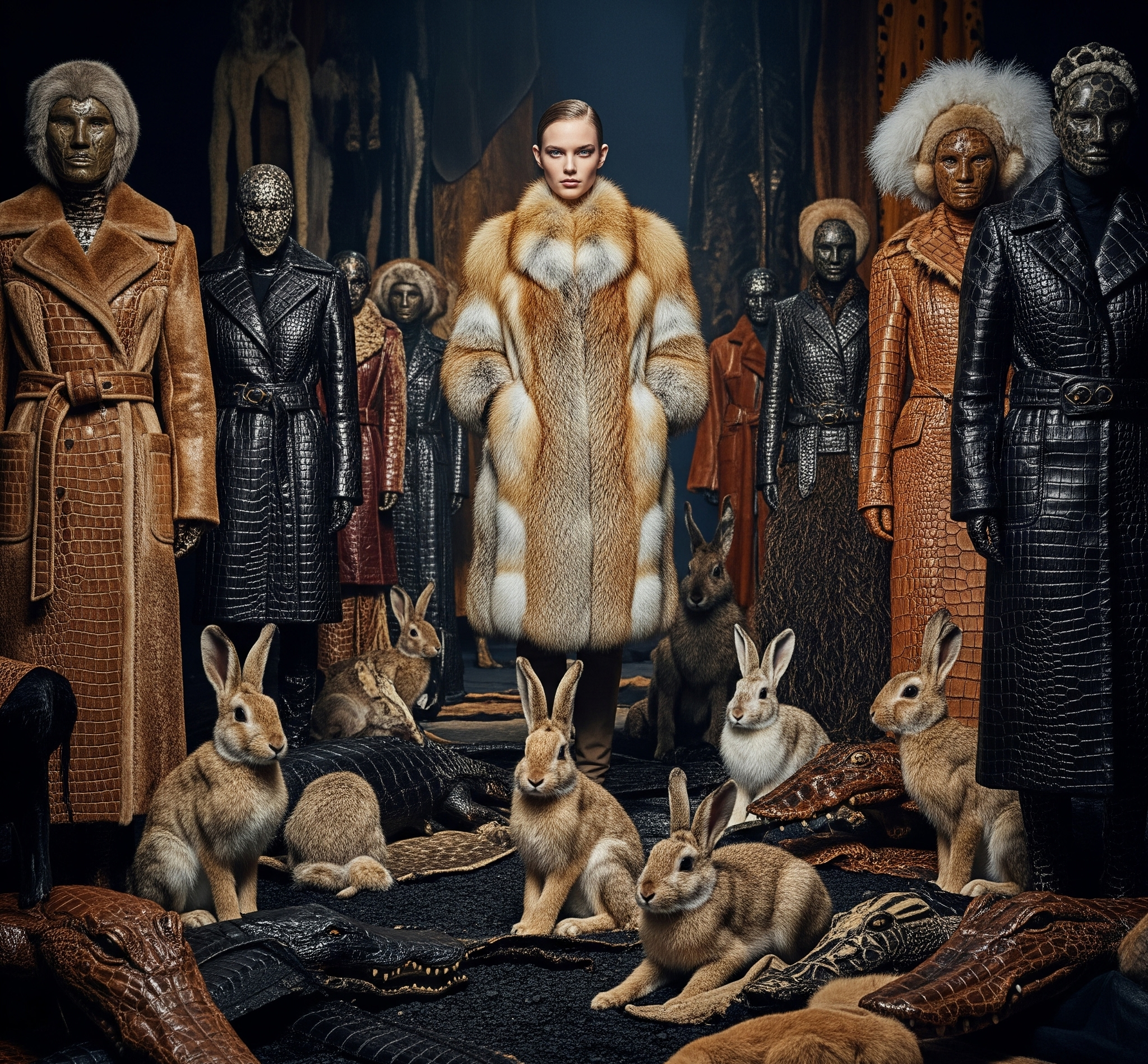
Building Accountability
Cruelty-Free Alternatives: Brands are developing plant-based leathers, synthetic squalane, and in vitro testing methods.
Consumer Influence: Demand for ethical products is growing, pushing brands toward cruelty-free practices.
Certifications: Look for labels like Leaping Bunny and PETA-Approved Vegan to ensure products are cruelty-free.
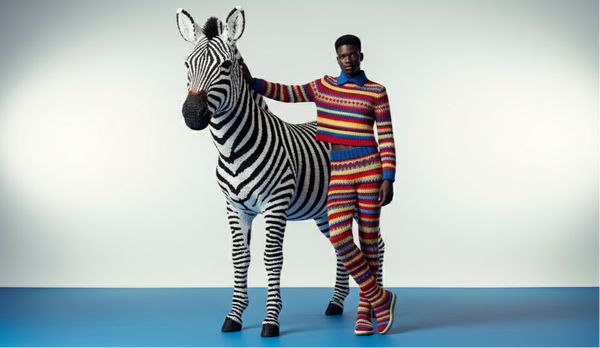
Innovations & Consumer Power
Cruelty-Free Alternatives: Brands are developing plant-based leathers, synthetic squalane, and in vitro testing methods.
Consumer Influence: Demand for ethical products is growing, pushing brands toward cruelty-free practices.
Certifications: Look for labels like Leaping Bunny and PETA-Approved Vegan to ensure products are cruelty-free.
Organizations Making a Difference: Good On You, The Vegan Society, Ethical Consumer
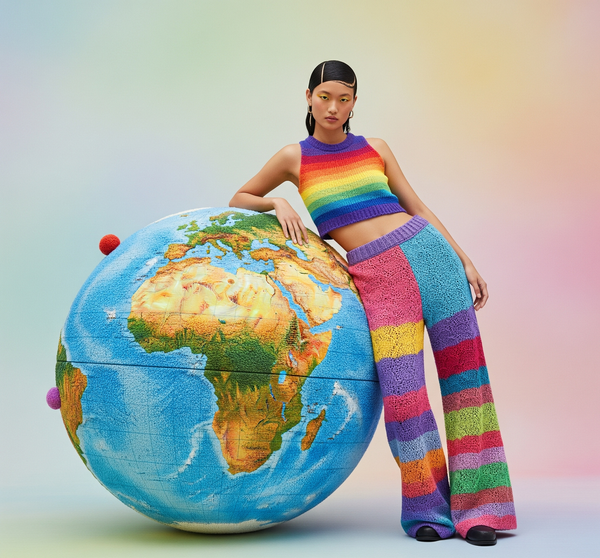
Redefining The Industry
Stop Funding Cruelty: Refuse products tested on animals or made with hidden animal-derived ingredients. Your money is your vote.
Demand Global Bans: Push governments and regulators to close loopholes and outlaw animal testing everywhere.
Be the Voice: Educate, share, and join movements that fight for a cruelty-free beauty industry. Change accelerates when consumers speak loud.
Organizations Making a Difference: Humane Society International, Animal Aid, Collective Fashion Justice
Ethics
Ethics & People
Ethics & People
Behind every thread and formula is a choice: dignity or exploitation, sustainability or harm. Let's unpack the hidden costs of fashion and beauty, and explore how conscious design can reshape our future.
Read more
Ethics & Planet
Ethics & Planet
The fashion and beauty industries are major contributors to climate change, pollution, and global environmental inequality. This section examines the environmental impact of production, waste, and resource use, along with the systemic effects on marginalized communities. It highlights current challenges, evolving regulations, and emerging solutions aimed at building a more ethical and sustainable future.
Ethics & Technology
Ethics & Technology
AI tools and emerging tech are transforming creativity, healthcare, social media, and more. With deepfakes, data privacy issues, and rising inequality, we face urgent ethical challenges. Explore how we can balance breakthrough innovation with responsibility in a rapidly changing world.


